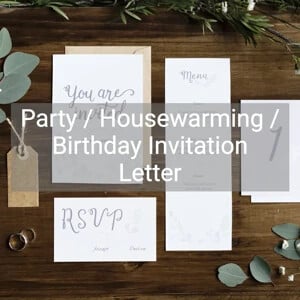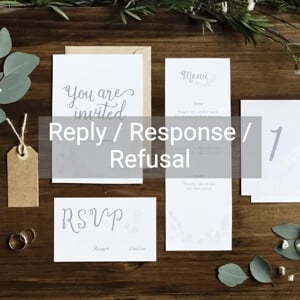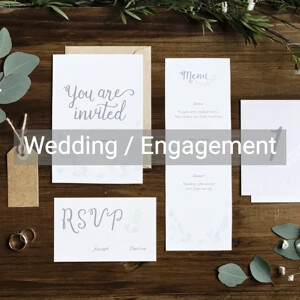Thank you


Thank you letters can be used in both professional and casual settings. The style of the thank you note would depend largely on your relationship with the recipient. If you are sending a thank you letter to your former boss for writing a recommendation letter, or a supplier for supporting you during the pandemic, then it should be written formally and elegantly in a high-quality business paper. If it is to thank a friend for a birthday gift in a beautiful card, then it can be more casual and personal. You can do something that is more creative and amusing.
Thank you letters are a great way to express your gratitude to others for their help. However, they can also help you in many ways. A sincere thank you letter can help you stay in touch with someone on your network. Thank you notes in business often help to build loyalty, commitment, and enthusiasm. It can also show your professionalism and courtesy to your boss, colleagues, and friends.
The difference between a thank you letter and a thank you note is the length. A thank you letter is usually a few paragraphs long, whereas a thank you note usually is limited to the "thank you" and a few words about the occasion. A thank you letter may include other information or news about your life.
Today, e-mail is also a common way to say thank you. Although a handwritten note would appear to be more sincere, e-mails would allow for instantaneous follow-up for something that is time-sensitive. For example, a thank you e-mail to follow up after an interview.
Start your letter with a greeting. Personalise each thank you letter you send. Don't simply copy and paste the same information to everyone-it can leave a bad impression. Depending on your relationship with the person, you may want to call him/her on a first name basis or address with the appropriate title and last name.
If you are sending a formal letter or an email, also write "Thank you for [XXX]" in the subject line.
Say thank you early on, so that the recipient knows the purpose of the letter or thank you note. Give some details. Be clear about what you want to thank. Dive into the details so that the other person can understand exactly what you appreciate. Mention the gift or gesture that is the basis for the thank you note, and give a few details. Say how you might use the gift, how the gesture was helpful, or how you will benefit from the meeting. If it is a "thank you" e-mail after the interview, then remind the interviewer of the specific date of the interview.
Provide details to let the other party know what you really appreciate and why. Be positive and sincere. Express your gratitude, but don't go overboard. People can see when a thank you letter is not sincere.
End the letter or note by reiterating your gratitude. Thank you again with best wishes or a greeting. Keep the thank you letter/note concise and to the point.
You should send your note as soon as possible. Strike the iron when it’s hot and doesn't delay expressing your gratitude. Otherwise, networking opportunities or sales leads could disappear.
Match the length of the letter to the size of the gift. This is a very general rule and is very effective in practice. A very thoughtful, expensive gift deserves a thoughtful, quite long letter. A subtle action may be rewarded with an inadvertent, subtle action. Think about how much time, energy, and money you put into this gift to match the tone and length of your letter






Not the right document?
Don’t worry, we have thousands of documents for you to choose from: